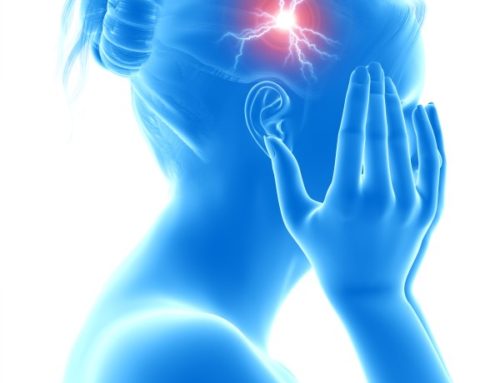
Magnesium balance in the body.
Magnesium (Mg2+) is an essential ion for the human body. It plays a key role in supporting and sustaining health and life. Serum magnesium values are not generally determined in patients even its the key physiological roles in the brain, heart, and skeletal muscles. However, serum Mg2+ values reflect only 1% of the body Mg2+ content, since most of the body’s Mg2+ is stored in bone, muscle, and soft tissues. Therefore, although serum values are within the normal range, the body can be in a severely Mg2-depleted state. Consequently, the clinical impact of Mg2+ deficiency may be largely underestimated. Muscle cramps are a recurrent and prominent symptom in patients with severe/chronic reductions in magnesium. A muscle cramp is a sudden, involuntary, painful contraction of a muscle or part of it, going away within seconds to minutes and is often accompanied by a knotting of the muscle that you can feel. Although the role of Mg2+ in the development of muscle cramps is not completely understood, it is thought that Mg2+ directly influences muscular contractions by counteracting calcium binding proteins. Additionally, magnesium deficient patients may suffer from neuronal hyperexcitability that can contribute to muscular contraction. Magnesium is also known to have analgesic properties, which have been attributed to its activity as an N-methyl-D-aspartate (NMDA) receptor antagonist in the central nervous system.



